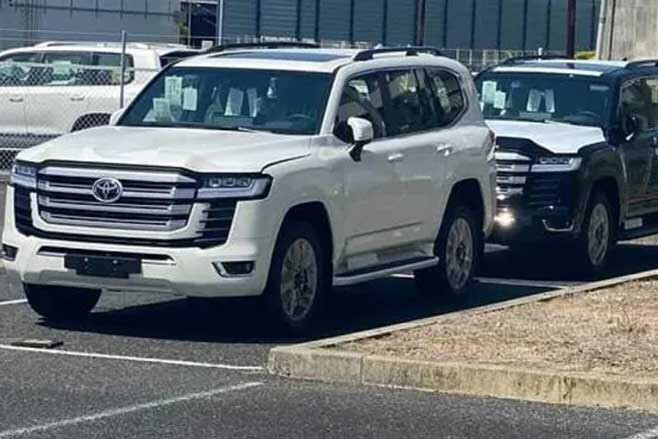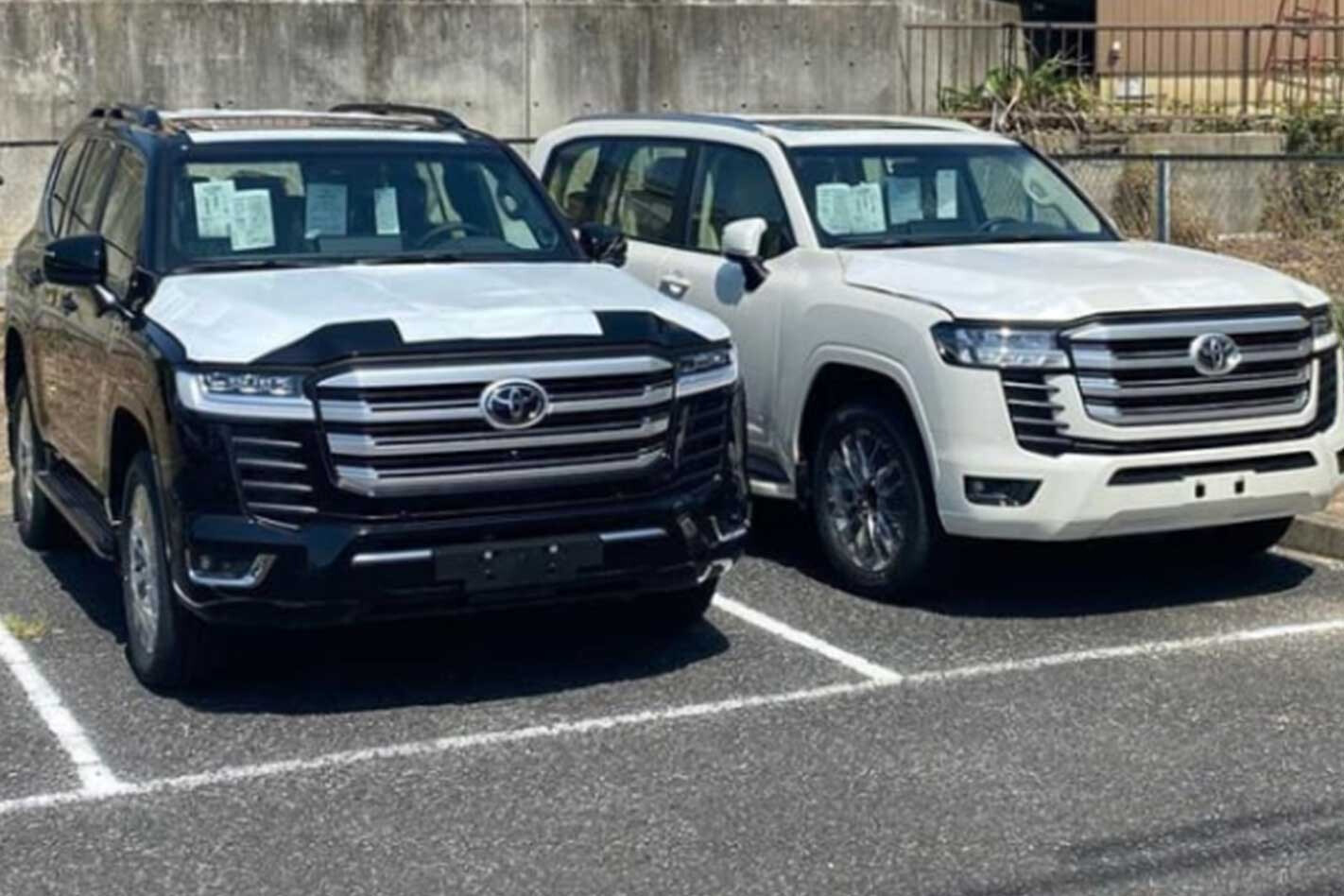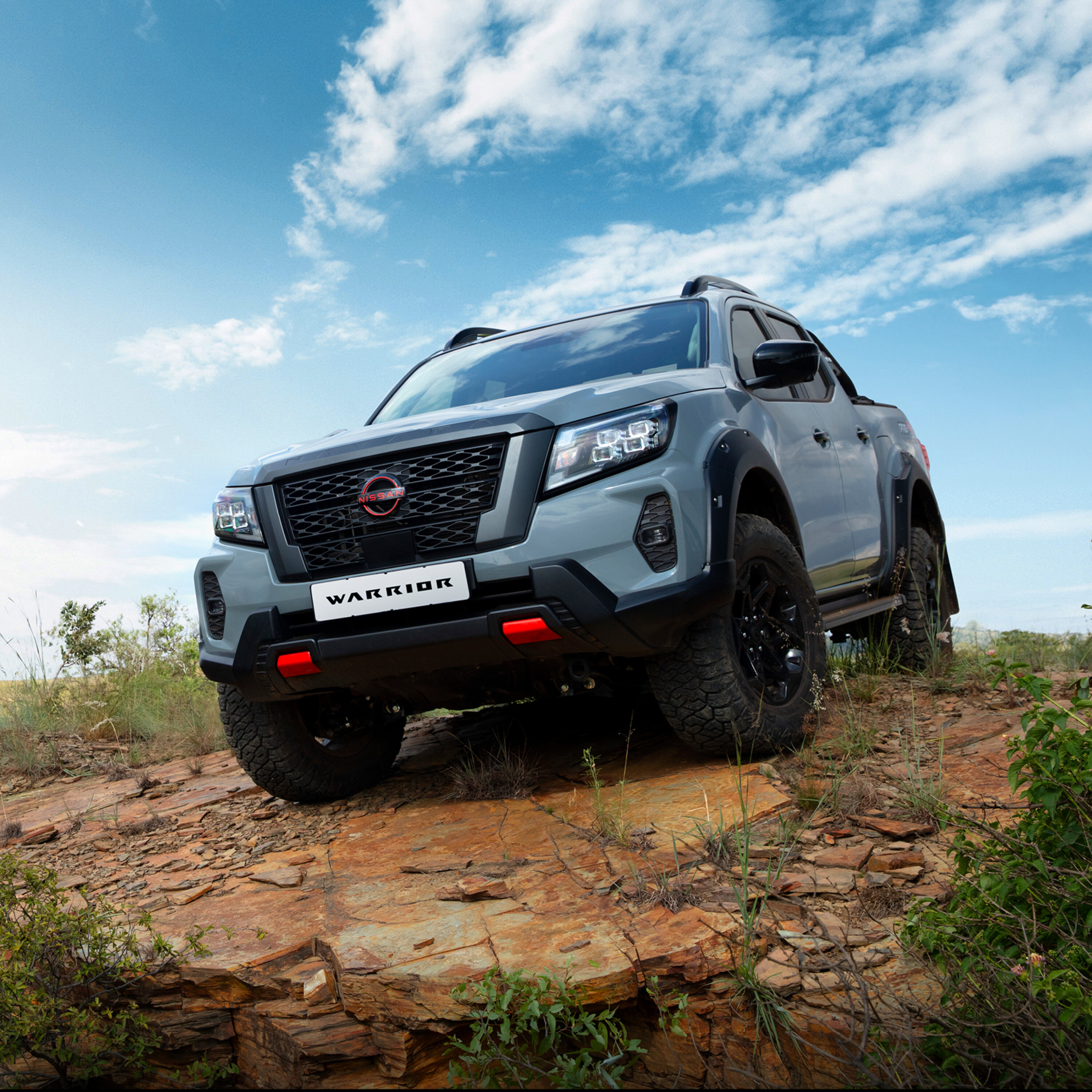UPDATE, January 30, 2022: GX off-road review
This time Evan Spence is testing out the GX grade to find out how it stacks up against both the other LandCruiser 300 variants and its rivals from other manufacturers.
Find out how it fared in Evan’s review for 4×4 Australia by clicking the link below.
UPDATE, January 25, 2022: Production delays hit
Since December last year, the 2022 Toyota LandCruiser’s production has been blighted by issues, mostly stemming from the COVID-19 pandemic and subsequent chip shortage.
Read our article providing the latest rolling updates here.
UPDATE, January 12, 2022: Five-star ANCAP rating
Australia’s independent crash testing authority, ANCAP, has awarded the new 2022 Toyota LandCruiser 300 a five-star rating.
The large SUV performed well across all categories, with all variants being evaluated apart from the GR Sport.
Read more in our news story here.
UPDATE, November 11, 2021: GR Sport review
The new 2022 LandCruiser 300 is properly here, and now we’ve had a little more time to get to know it, our first full review is live.
We’ve gone for the GR Sport variant, which is marketed as the more off-road focused option in the six-strong LC300 range, as it – along with the range-topping Sahara ZX – is new to the nameplate.
You can read Matt’s review here.
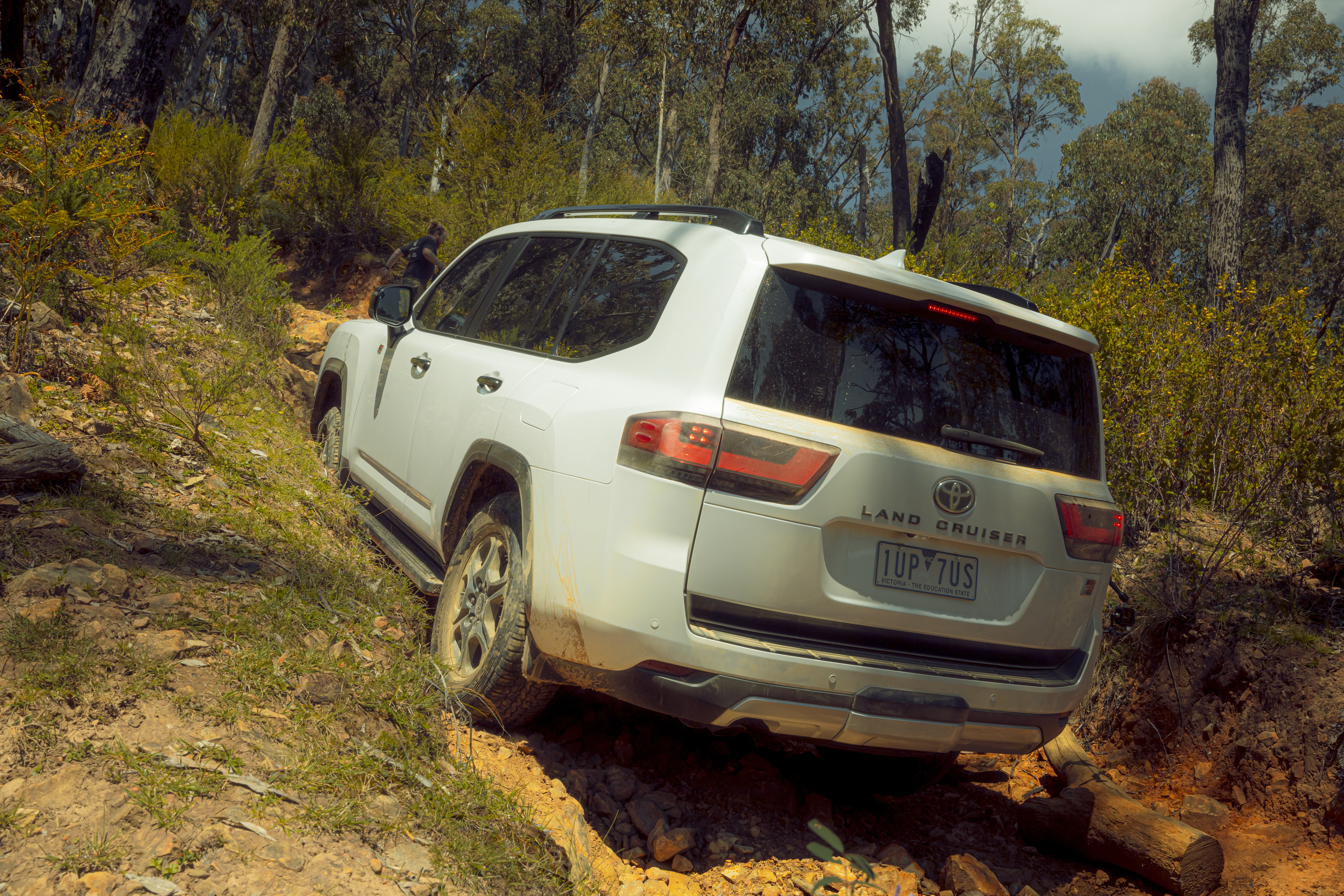
UPDATE, October 14, 2021: First drive review
It’s here. The 2022 Toyota LandCruiser 300 is now in Australia, and Evan Spence has put the new off-roader through its paces for 4×4 Australia.
Key Points
- Off-road ability is right up there
- Comfortable and willing on-road
- Expensive price tag, especially higher-end models
Read Evan’s full review at the link below.
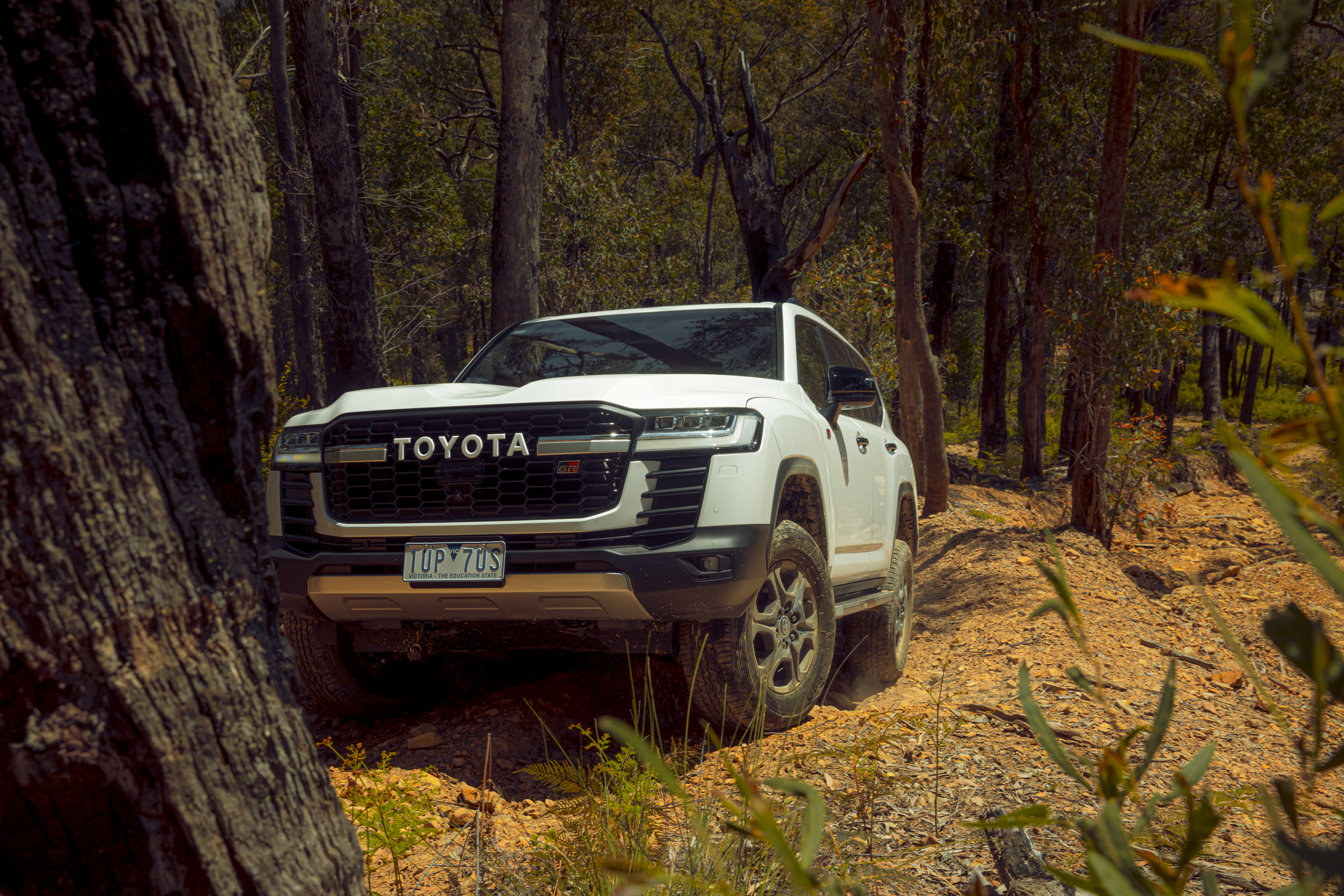
UPDATE, October 5, 2021: First look at revamped interior
Toyota has equipped its all-new LandCruiser 300 Series with the latest technology and premium gear, and it is awash with soft-touch materials and functional design.
A new-look centre console features a redesigned drive-mode selector (on models above GX), drive-mode and off-road functions, a parking brake, and a pair of cupholders.
In a common-sense approach, all dashboard switches are grouped and positioned according to function. For example, the driving mode functions are grouped on the driver’s side of the centre console.
Get all the details at the link below.
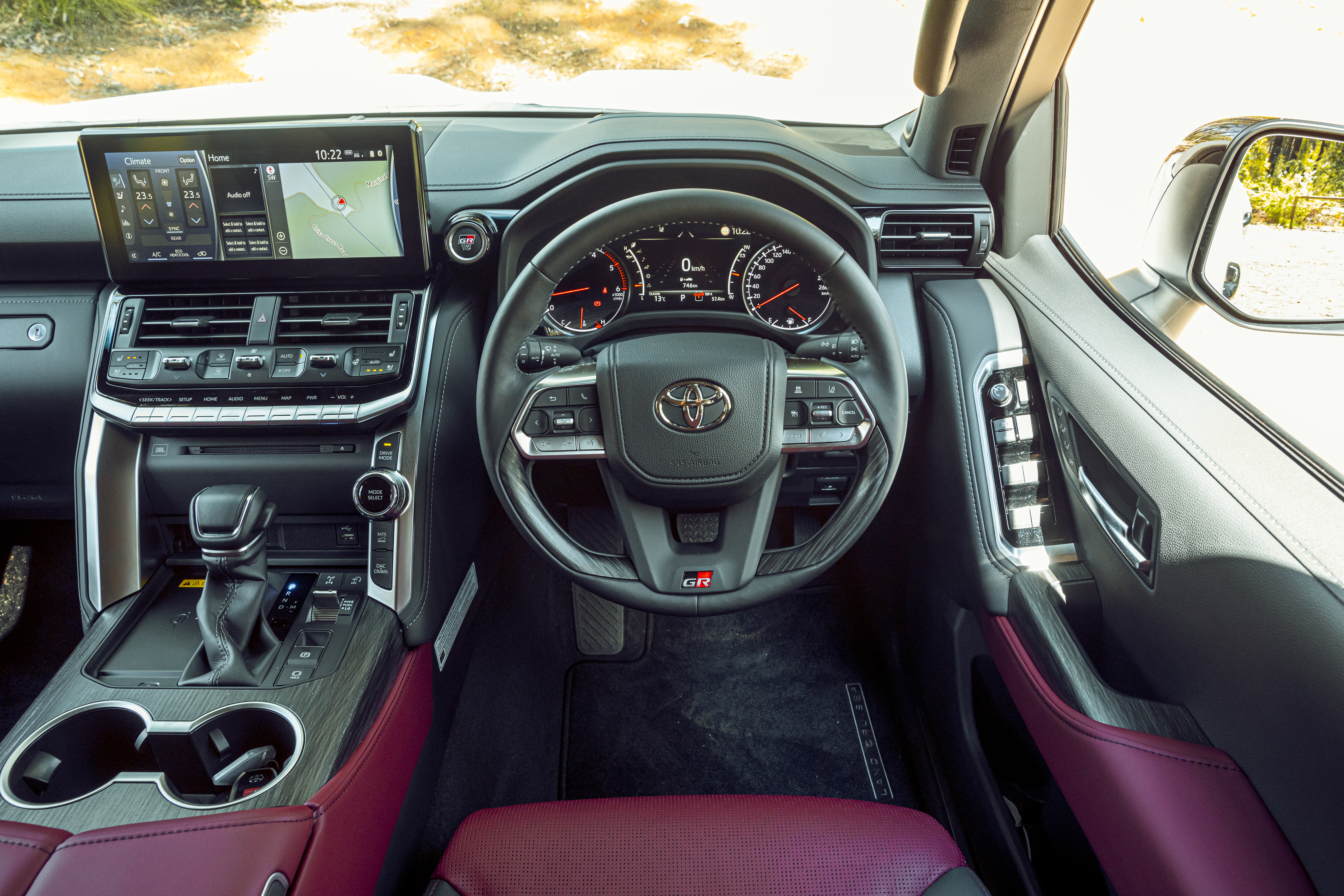
UPDATE, August 13, 2021: First drive of prototype
The 300 Series is just months away from hitting showrooms, but we were lucky enough to score a day behind the wheel of a prototype, months before the production cars were unmasked.
Read Matt’s take on it here.
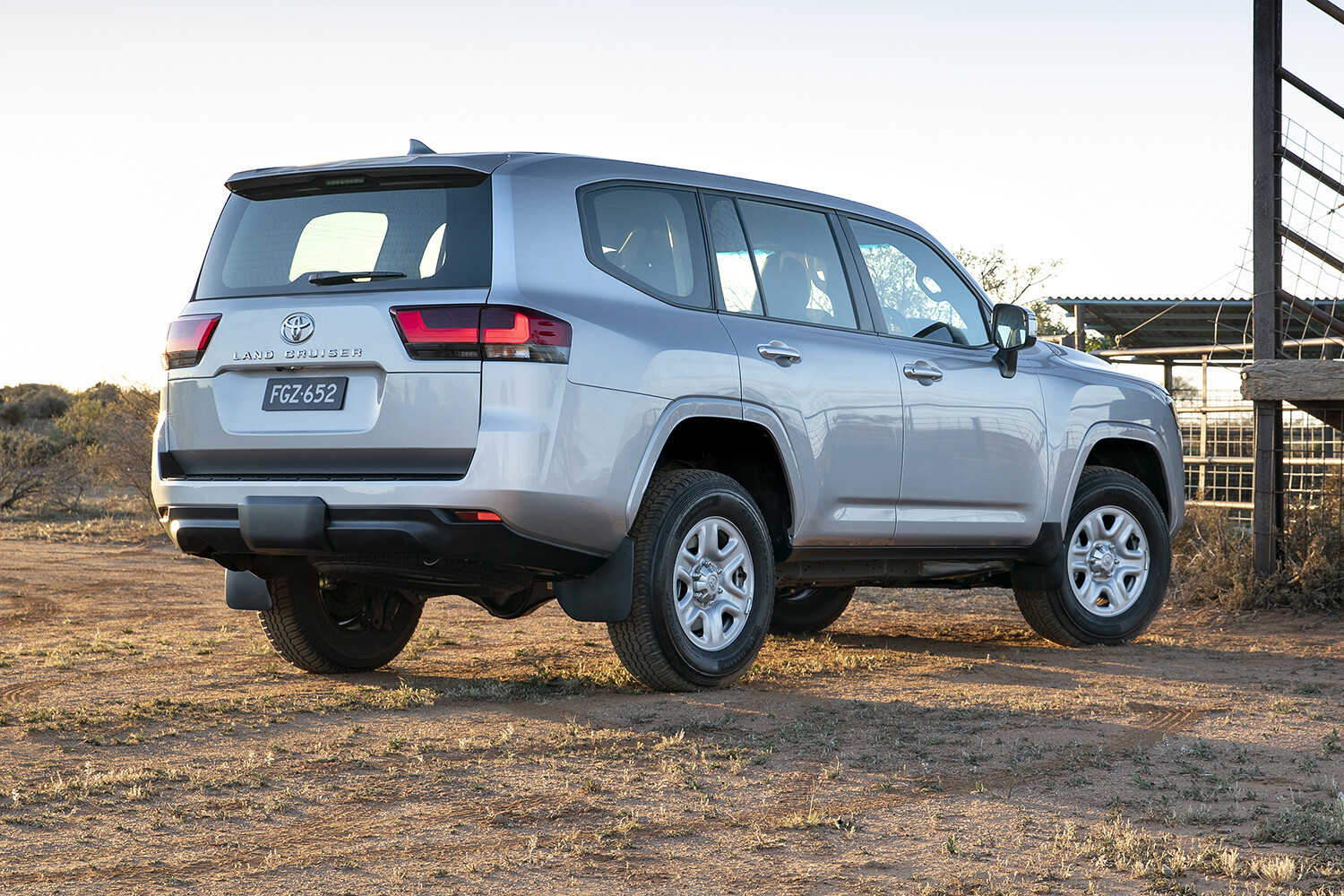
UPDATE, August 4, 2021: Full pricing and features revealed
Toyota has confirmed the price and specifications of the Australian-delivered LandCruiser 300 Series ahead of its arrival later this year.
After the vehicle’s initial unveiling at the beginning of June, Toyota remained tight-lipped surrounding exactly which trim levels would come to the local market, only confirming Australian models would exclusively be powered by the new 3.3-litre V6 diesel engine, replacing the outgoing V8.
Although it was first believed there would only be five variants to arrive Down Under, Toyota has added a sixth trim to the LC300 range, now topped by the Sahara ZX which is placed just above the highly-anticipated GR Sport.
Get all the details at the link below.
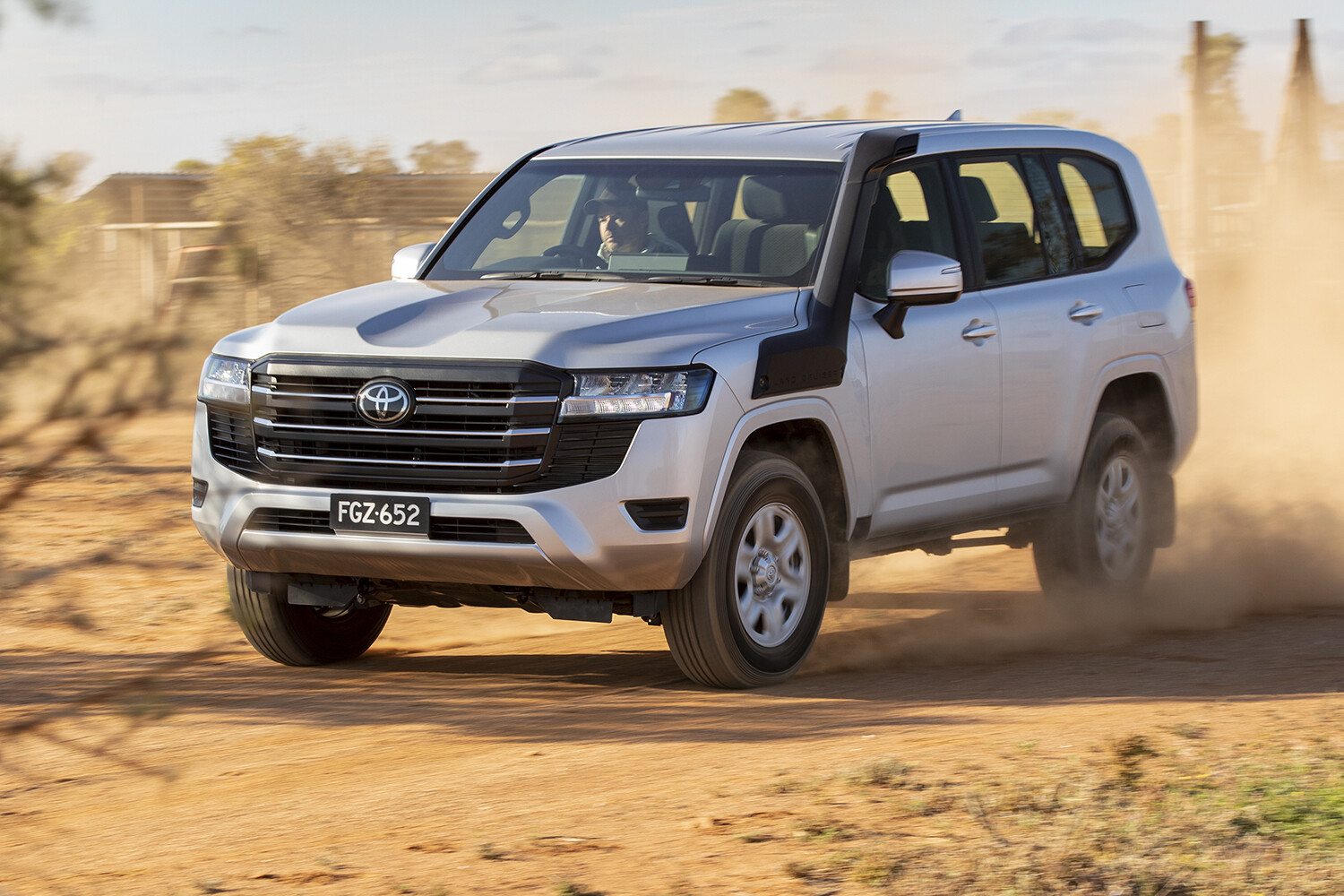
The story to here
June 10, 2021: New LandCruiser 300 revealed
Here it is folks. After all the leaked spy photos and years of delays, Toyota has officially pulled the wraps off its new LandCruiser 300 Series four-wheel drive wagon.
As you see, the leaked photos left nothing to the imagination and clearly showed what the all-new vehicle would look like.
What they couldn’t show you though was the engine, which was speculated on just as much as photos were leaked. The official word it that the LC300 will be powered exclusively by a new F33A-FTV 3.3-litre V6 diesel engine using a pair of turbochargers to boost its outputs to 227kW and 700Nm.
Those figures are up 27kW and 50Nm respectively on the 1VD-FTE V8 that powered the current 200 Series LandCruiser, but will the number alone be enough to convince the V8-loving Cruiser owners that the new V6 is a better engine? Only time behind the wheel will tell.

While a turbocharged 305kW/650Nm 3.5L V6 petrol engine has been mentioned for non-Australian markets to replace the 5.7-litre petrol V8, there’s no mention of it arriving here, and why would they bother. When Toyota offered the choice of a petrol engine in the LC200 it accounted for less than two per cent of total sales. The petrol V6 is expected to gain some form of EV hybridisation at some time in the future and that could pose a more interesting proposition for Australian buyers concerned about fuel use.
The LC300’s V6 engines will be backed by a 10-speed automatic transmission and is expected to continue with full-time four-wheel drive and a two-speed transfer case. Documents leaked out of South Africa a few months back suggested that some variants of the LC300 will be offered with front and rear locking differentials, although there is nothing in this official release to confirm that.
The TNGA chassis is all new and retains IFS with a coil-sprung live rear axle. The chassis is claimed to be 120 per cent stiffer in terms of torsional rigidity, while the body and chassis combination is claimed to be up to 200kg lighter than that of the 200 Series. Much of the weight saving is expected to come from the use of lightweight panels replacing steel in some areas.
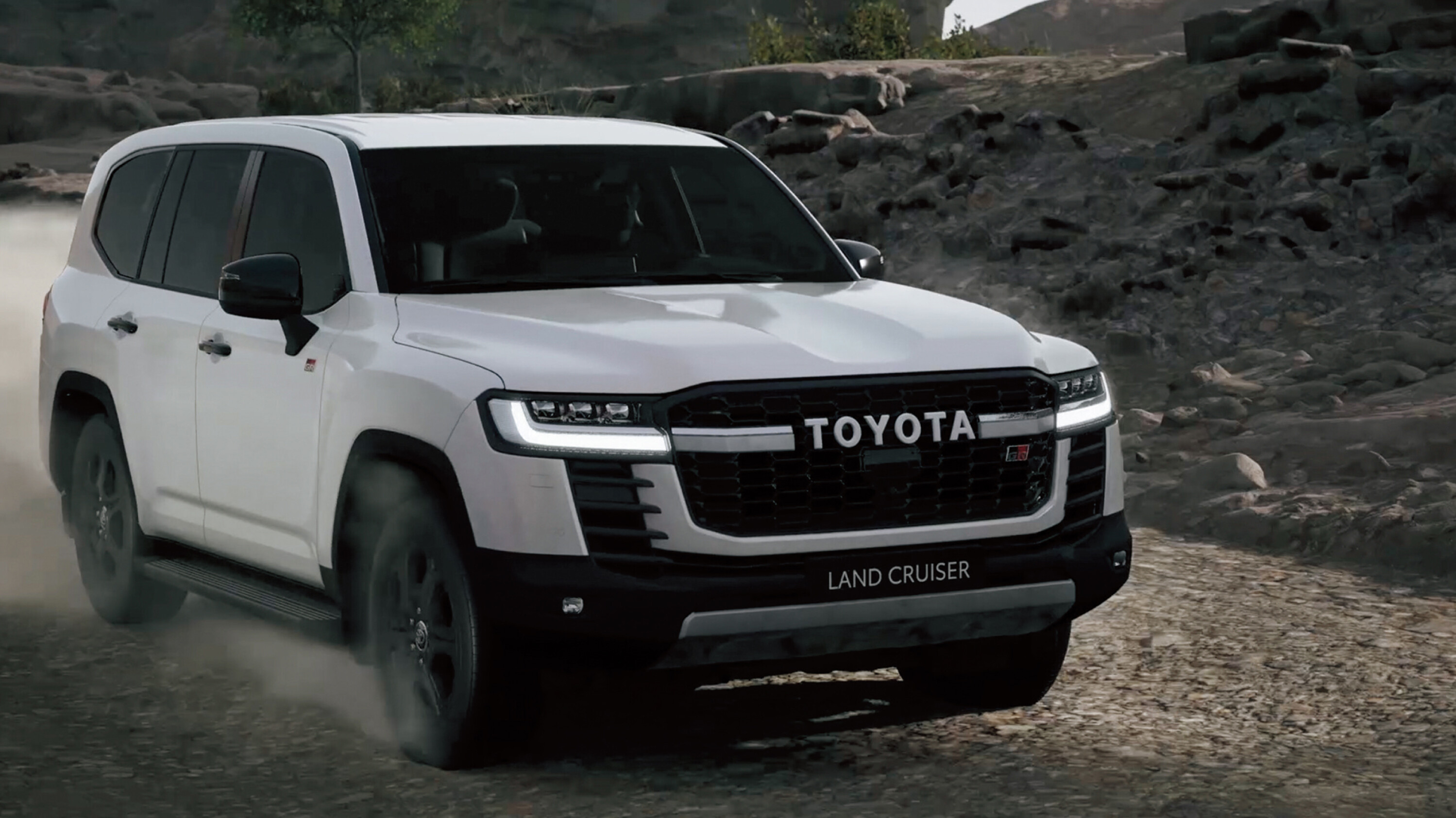
Toyota has lowered the centre of gravity of the 300 by using the lighter V6 engines and dropping the engine 28mm lower in the chassis and 70mm further back, to improve the car’s dynamics. The chassis also benefits from a new version of the KDSS system called E-KDSS which is capable of disconnecting both the front and rear sway bars for improved axle articulation when driving off-road.
While it’s difficult to gauge scale from these images, the 300 appears similar in size to the 200 which it will replace. Toyota says the actual size including the length, total width, and wheelbase, as well as both the departure and approach angles have been kept the same as the previous model.
The look is much squarer, with a bold, blocky front end and sharper lines down the sides and to the rear. Front and rear light assemblies are slimmer, suggesting LED lighting will be used, while the rear-most side window is partially obscured by the up-swept bodyline.
The images inside the 300 show a three-row seating for seven passengers, and they show that the third-row seat folds flat in to the rear floor when not in use instead of up to the sides, where they took up valuable cargo space.
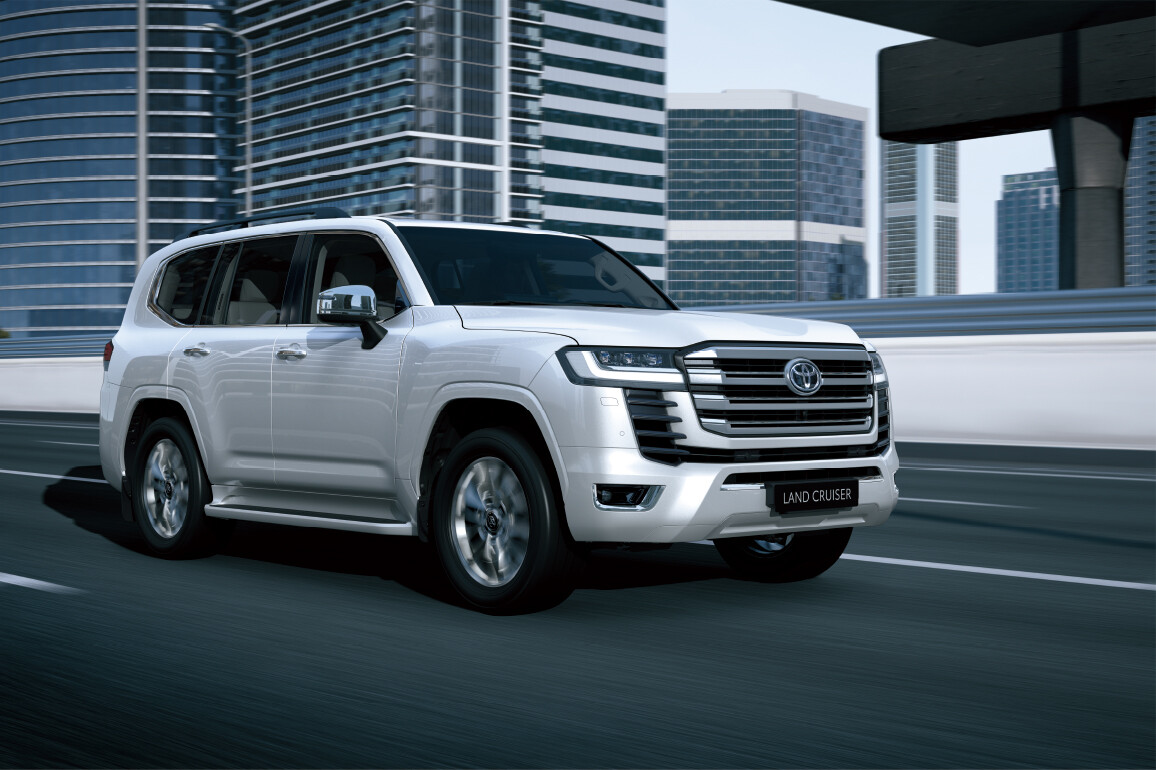
Also inside, the large centre dash screen features a new Multi-Terrain Monitor that displays obstacles as viewed from the driver’s viewpoint. A forward-facing camera can be seen in the large grille on the 300. A new Multi Terrain Select system has been configured to automatically judge the road surface and selects the best driving mode.
The global reveal information shows SX, ZX, VX-R and GR Sport models, although Australian model specifications, naming and pricing won’t be revealed until closer to the release date which will be in Q4 this year.
Of particular interest is the GR Sport model, which, with its blacked-out bumpers and wheel arches, make it look like a smaller car, but it also looks to ride higher with more clearance at the front bumper. This should be an appealing model to off-road enthusiasts.
The bullbar manufacturers will be happy to see those joint-lines in the lower front bumper, which suggest it can be removed up to around the level of the bottom of the grille. The front parking sensors also appear to be in the next upper part of the plastics and not in the lower section of the bumper. These factors will allow easier design of bullbars without too much cutting of the factory plastics.
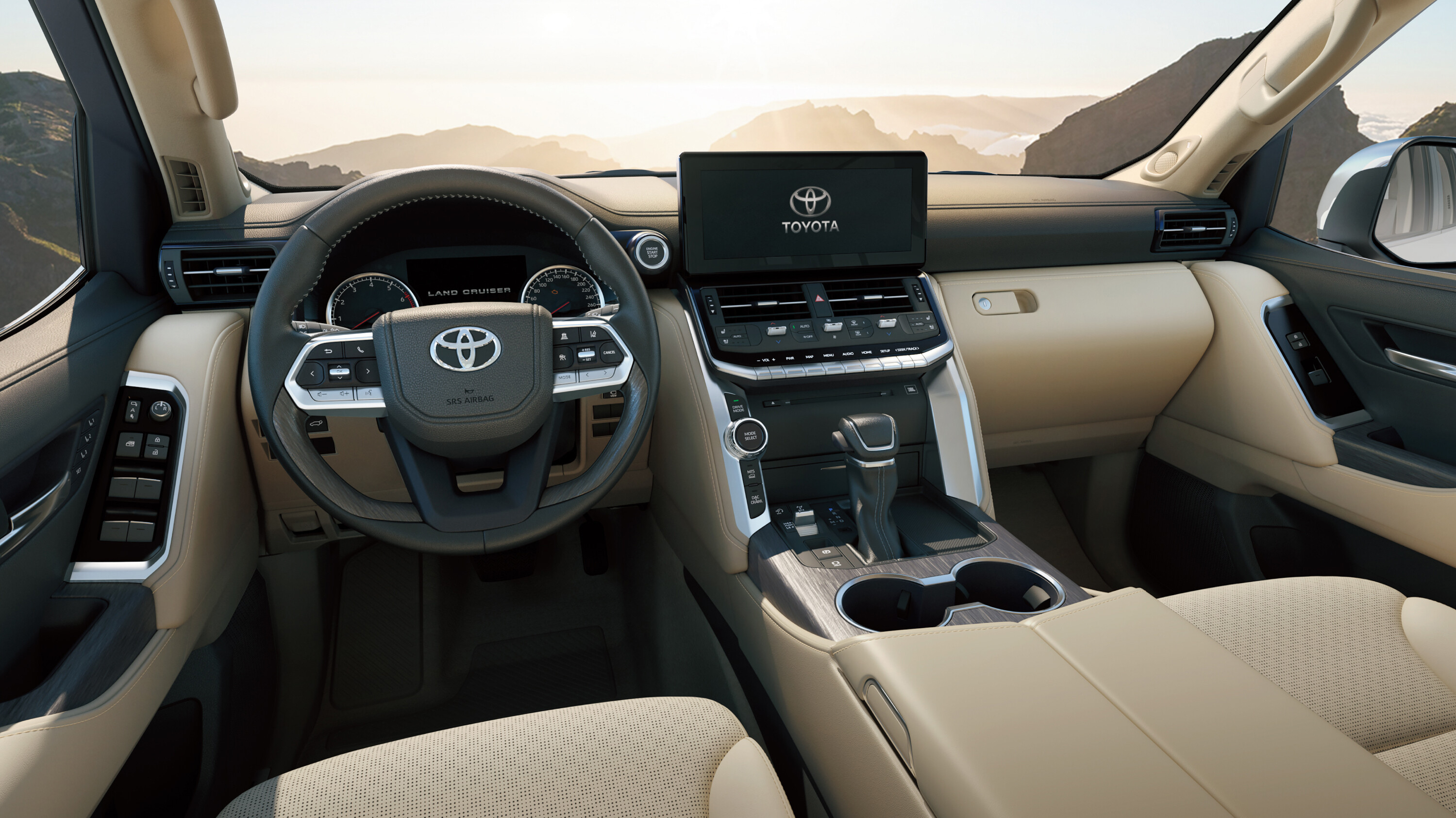
Toyota is also expected to offer its own range of bullbars and accessories for the LC300.
While the official information was limited in this initial reveal, we expect more to come to hand as the on-sale date approaches including those all-important model specifications and prices.




